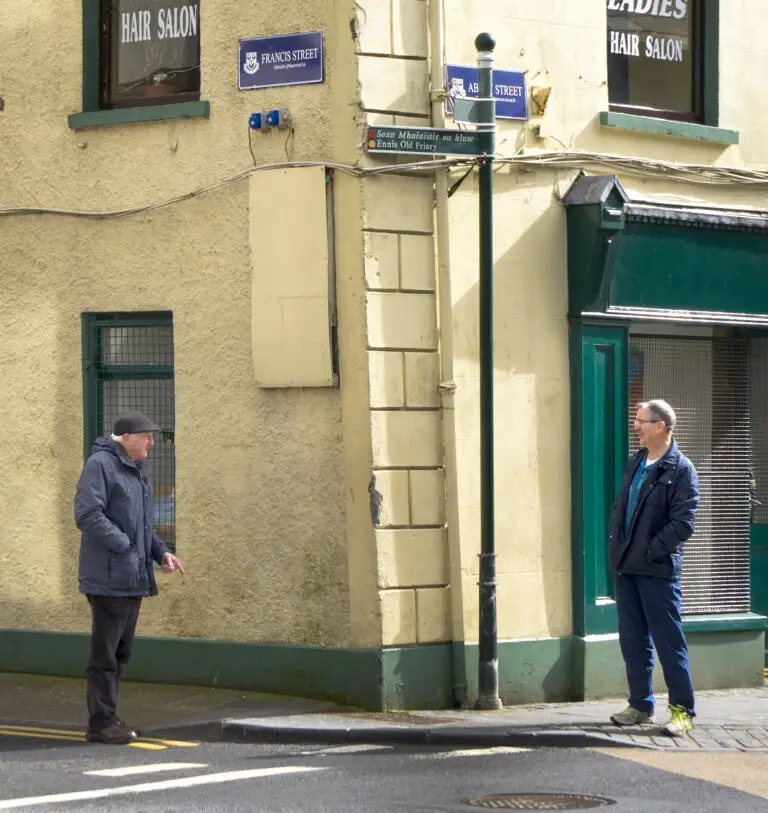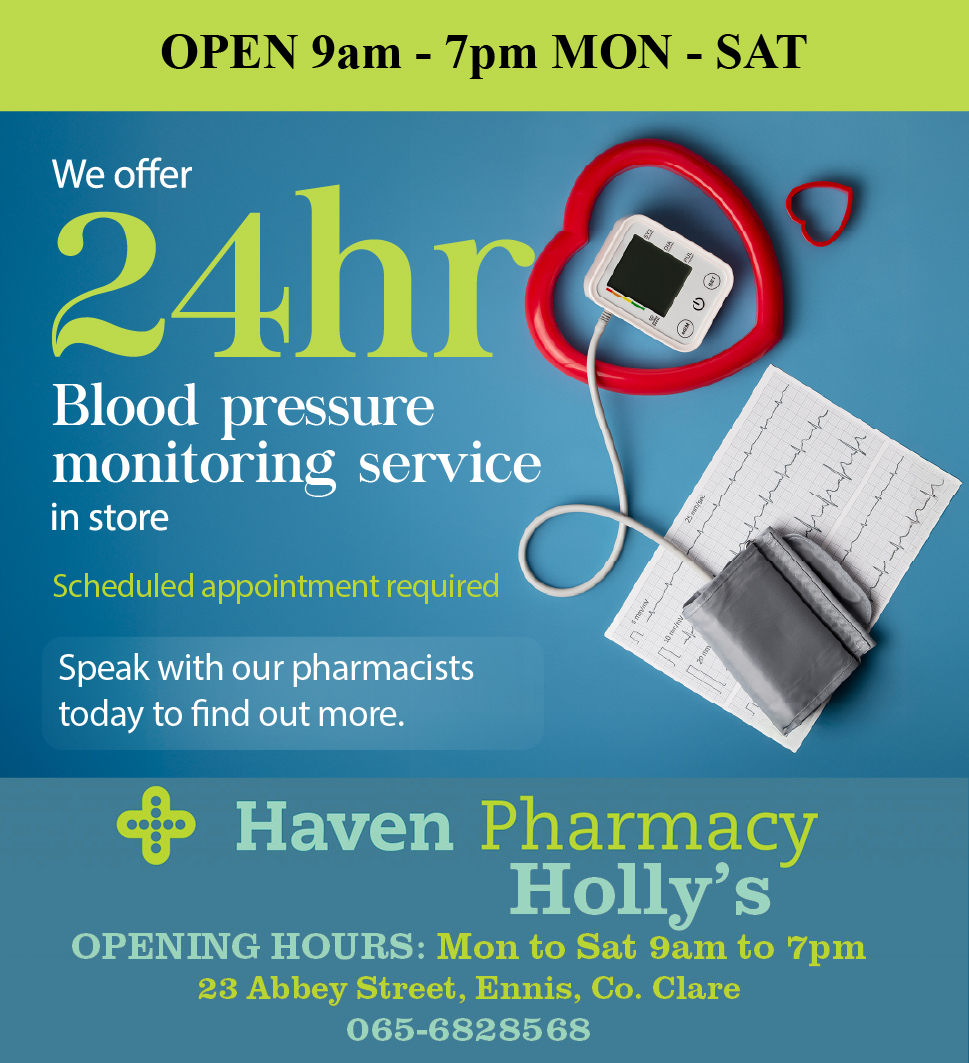*Social distancing in practice in Ennis. Photograph: John Mangan
A further 43 people have died in Ireland from COVID-19 with an additional 724 individuals diagnosed, 6 of whom are in Co Clare.
To date, 486 people have lost their lives because of the virus in Ireland. Thursday’s death toll of 43 is the highest figure recorded in the country in twenty four hours by the Department of Health. 34 of the 43 deaths were in the east, 5 in the south and 4 in the west. More than half of Ireland’s death toll to date has been from nursing homes.
There are 724 extra cases in the county, 629 were confirmed after reviewing samples in Irish laboratories and 95 were confirmed by German labs. 13,271 people have received a positive diagnosis since the outbreak of the virus.
425 clusters account for 2,451 of cases. Of those for whom transmission status is known: community transmission is responsible for 51%, close contact accounts for 43% and travel abroad accounts for 6%
Co Clare has a further 6 residents who have tested positive for COVID-19. The county’s tally as of midnight on Monday April 13th is 119.
Earlier today, the Department of Health published a report which revealed that the geographic spread of individuals diagnosed with COVID-19 is countywide in Clare.
Figures relayed by Chief Medical Officer, Dr Tony Holohan revealed 290 admissions to ICU thus far, 156 of these remain in care, 90 have been discharged while 44 have died. 238 of those admitted to ICU have had an identified underlying condition. The median age is reported at 60.
Data presented “clearly shows that there are two very different experiences of COVID-19 in Ireland today. In the population at large, the virus is contained and effectively suppressed. However, the experience of the disease in long-term residential care settings continues to be a source of concern,” Holohan commented.
“We’re seeing very little growth of the epidemic in the community”, Professor Phillip Nolan stated. He told Thursday’s press briefing that the rate of community transmission has decreased since April 3rd.
Measures introduced on the 28th of March have helped to save hundreds of lives this month, Professor Nolan added. He said were they not introduced, Ireland’s death toll would have been 4,800 by the end of April. “We should be seeing a decline in cases in the coming weeks”. Maintaining the current measures is “a very prudent step,” he stated.
Of current modelling, he said it is possible that we have “reached a plateau”. Nolan highlighted that referring to a peak could lead to a dangerous sense of control.
“Whatever happens after the fifth of May has to be managed exceptionally carefully”. He cautioned that the Irish health system is not able for a surge in cases at that stage.
Dr Holohan warned that “there isn’t a rulebook” to guide health officials on what to in emerging from the pandemic and the possible lifting of measures.
Were large public gatherings such as parties to take place following the lifting of restrictions, he pointed out that in the space of three weeks cases will significantly rise again which “would put us on an unsustainable track”.















